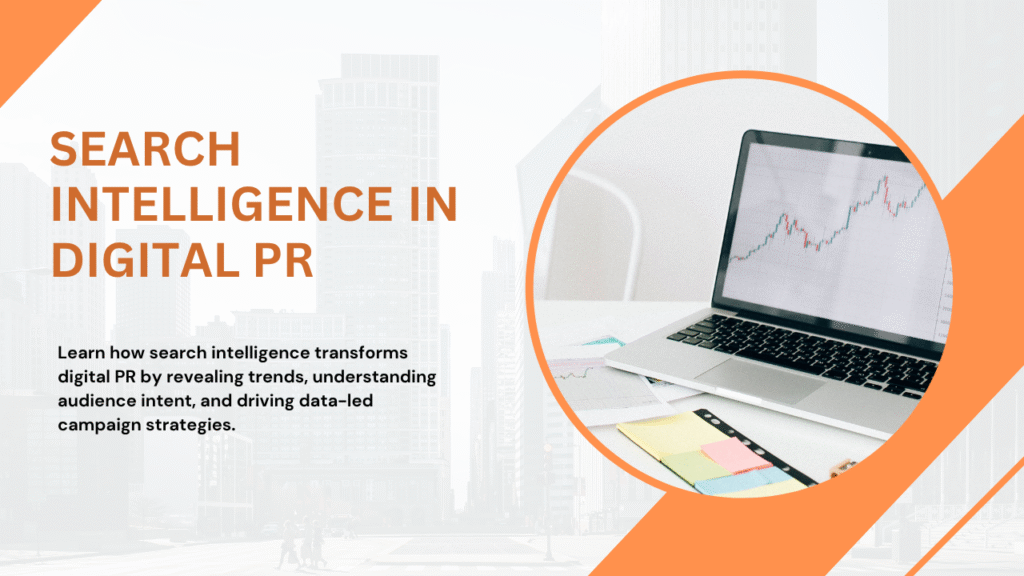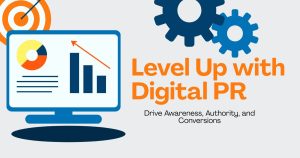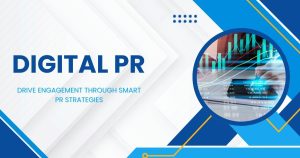Digital PR in Action: How Search Intelligence Can Revitalize PR

The rise of technology and data analytics has turned digital PR into much more than traditional outreach. In today’s world, practitioners in this field possess tools and unique insights that would have been inconceivable even a few years ago.
Appropriately, search intelligence is one such powerful tool. It lets brands draw on search data to get better into their campaigns, communicate with their target audiences more effectively, and measure performance with higher precision.
So what is search intelligence really about and how does it raise digital PR to new levels?
Exploring Search Intelligence
Search intelligence means delving deep into search engine data—who is searching for what, how often they do it, and what the reasons for their queries are. This information is gleaned from tools like Google Trends as well as various forms of keyword analytics, even reports on search volume or intent.
What Benefits Does Search Intelligence Bring?
Understanding Audience Intent
Search queries often reflect the special needs of certain users at different stages of their buying processes. PR professionals who analyze these queries in their work can learn much about consumer intent and thereby tailor campaigns.
Discovering Trends and Opportunities
Search data can give brands up-to-the-minute forecasts of emerging trends, letting them take advantage long before competitors do in PR opportunities.
Data-Driven Decision Making
Employing search intelligence means that PR strategies are backed up by definite metrics rather than just the intuition of individuals. This eliminates guesswork and increases the chances of a successful outcome.
How Search Intelligence Strengthens Digital PR
Communicating with Your Target Audience
With information from search intelligence, you can produce particular content that goes home with specific groups from audiences. If you cater to people’s day-to-day interests (notice we do not say “news”), they will meet you there.
Example:
Monitor a trend in Internet searches on “eco-friendly packaging.” A manufacturer focusing on environmentally safe alternatives crafts a communications campaign—telling everyone about its work to protect the environment—measured by the attention it gains.
Entertaining stories supported by facts are always watched intently by journalists and publishers. In the realm of search intelligence, brands can gain unique insights which may be used directly in their pitches.
Example:
A beauty brand reveals that in the summer peak season, searches for “sunscreen sensitive skin” shoot up. They respond with press releases or blogs with product matching and specialized solutions for this problem.
Outreach Methodologies
PR professionals can identify target publications, influencers, or content creators that align perfectly with their campaign goals directly from the search results. By finding the right platforms and being on-target, they greatly enhance their chances for coverage in places where their audience is already interested.
Example Insight:
When the epidemic broke out, a campaign judging productivity in “remote work” guided its outreach toward tech blogs, based on the surge in related search trends.
Introduction Of Search Intelligence Tools In PR Campaigns
To make the most of search intelligence, you’ll need the right tools:
-
Google Keyword Planner – Track keyword volume and competition to find the most relevant search terms.
-
AnswerThePublic – Discover commonly asked questions around your topic to fuel your content.
-
Ahrefs / SEMrush – Comprehensive SEO tools for trends, competitor analysis, and link-building opportunities.
-
Google Trends – Real-time trending search topics to keep a pulse on audience interest.
Action Point: How To Implement Search Data In A Digital PR Campaign
Analyzing Search Data
Start by identifying the keywords your audience uses. Break them down by search intent (informational vs. transactional) to better understand behavior.
Find patterns, seasonal spikes, or emerging trends. Use this to guide press releases, blog posts, and whitepapers.
Highlight Your USP
Now that you know the targeted keywords, ensure your content addresses your audience’s main concerns directly.
Get onto The Right Platforms
Identify sites, influencers, and publishers gaining traction around your keywords and tailor outreach accordingly.
Measure Campaign Results
Once your campaign runs, evaluate performance: monitor website traffic, backlinks, media mentions, and audience engagement.
Practical Examples of Search Intelligence Winning
Case 1:
A health brand noted rising searches for “immune-boosting foods” during flu season. They ran a campaign centered on their organic ingredients and landed features in two health magazines and a blog.
Case 2:
An HR tech company tracked “employee burnout” searches, developed a report from the data, and gained exposure in major business and career publications.
Raise Your Digital PR with Search Intelligence
Search intelligence is changing how brands do digital PR. Aligning campaigns with real-time audience behaviors and interests makes for higher engagement, more buzz, and standing out in a crowded market.
If you’ve never considered integrating search intelligence into your PR strategy before, the time is now. Use the tools noted above, pay attention to your data, and adapt your strategies accordingly. The insights you gain today can shape the decisions that bring you your greatest campaigns tomorrow.





